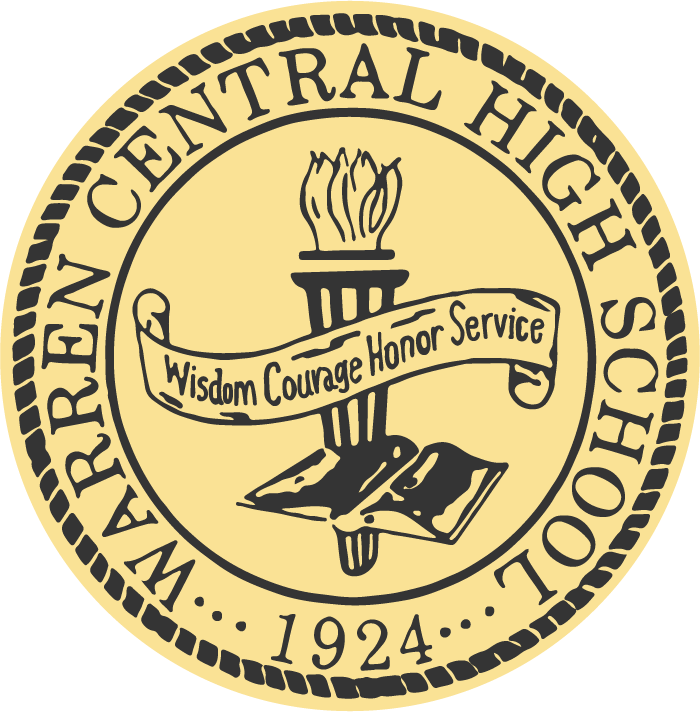Many people may describe the United States of America as a “melting pot” because of its makeup of various different cultures, races, and ethnicities. As required by the Constitution, every 10 years, the U.S. Census Bureau conducts an official survey to record the number of people who live in the United States, and this information is necessary for the apportionment of the U.S. House of Representatives, redrawing electoral districts, and the correct allocation of federal funding to support each state. In each decennial population census, information is organized into factors such as sex, race, ethnicity, age, and other demographics. On August 12, 2021, the newly released 2020 U.S. Census revealed that the structure of the United States of America is more diverse than ever before because of the population growth of people of color and different ethnicities.
Although as of right now the non-Hispanic White population remains the largest race in the United States, other races and ethnicities have witnessed major growth. In 2020, people of color represented 43%, or two-fifths of the U.S. population, which is a 6% increase since the 2010 census when people of color represented 37% of the population. Those who identified as Hispanic or Latino, which federal standards do not consider a race, made up the largest United States ethnic group in 2020 with a total population of 62.1 million, a 23% increase since 2010. After the White population, Black people make up the second largest racial group in the U.S. but their population has stayed relatively the same since 2010. The Multiracial population jumped from 9 million people in 2010, to 33.8 million people in 2020, an astounding 276% increase. The next largest racial groups in order were people who identified part of their race as Asian (24 million), American Indian and Alaska Native (9.7 million), and Native Hawaiian and Other Pacific Islander (1.6 million). So why is all of this information a big deal?
A racially and ethnically diverse future for the United States of America is important because for most of the history of this country, people of color have dealt with domination from the influential White race, have suffered through tremendous hardships, and have faced underrepresentation in a country that they have helped shape. With the population growth of people of color, this likely means that over time, they will hold more positions of power such as elected offices. With this, they will inevitably bring more positive changes to better the conditions of those who share their same race or ethnicities. Not only will people of color begin to have more of a say in their own futures, but for the future of this country.
The diversification of America is also important because it will get more people to become more familiar with others who have a unique background from them. One of the great things about diversity is that it allows people to become educated about cultures and experiences different from their own that they may have otherwise never learned about. It can also be an enjoyable experience to get to learn about different groups of people. Having at least a solid understanding about different customs will make it easier communicating with those who differ from you. It will also encourage more harmonious relationships for everyone in society.
Lastly, diversity is a good thing for America because it will bring in new perspectives and ideas. Diversity in a setting almost always leads to success because it also gives more talent and skills to use. Engaging with diverse groups prompts new discussions, thoughts, and inspires creativity, proving why diversity is a gift.
The results of the 2020 United States Census symbolizes a bright future for America. Keep in mind that diversity is something to be respected and celebrated. Go through life with an open mind and perspective. So remember that whenever you meet someone who has a unique background from you, remember to respect and cherish your differences because it is nothing but a good thing.

